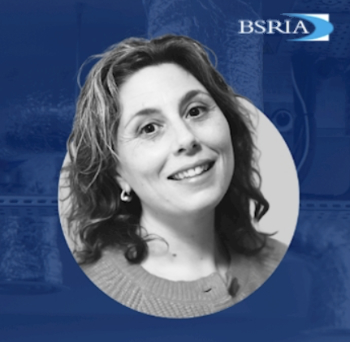Nuclear power
Contents |
[edit] Introduction
Nuclear power is the process of gathering energy from nuclear or radioactive materials. Radioactive materials ( or Radionuclides) are a class of chemical in where the nucleus of the atom is unstable. They retain stability through changes in the nucleus, such as spontaneous fission, emission of alpha particles, or conversion of neutrons to protons or the reverse. This process is called radioactive decay or transformation, and is often followed by the release of ionizing radiation (beta particles, neutrons, or gamma rays). Theoretically nuclear power can be attained from nuclear fission, nuclear decay and from nuclear fusion reactions.
[edit] Nuclear fission
Nuclear fission in the most common form of nuclear power, this is the splitting of one large atomic nucleus into smaller fragments releasing energy in the process. Many nuclear fission plants exist and mostly use the raw materials uranium (natural, depleted and special uranium) and plutonim as their radioactive fuel source. Environmental concerns exist about this type of nuclear power due to the creation of radioactive waste such as uranium mill tailings, spent (used) reactor fuel, and other radioactive wastes. These materials can remain radioactive and dangerous to human health for thousands of years.
[edit] Nuclear fusion
Nuclear fusion involves the joining of two small atomic nuclei into one nucleus, producing energy in the process, it is the same process by which stars form. It has long been seen as one of the most promising sources of future energy because it requires far less input energy than fission. It is not commercially available but research and development continues and something considered to be a major break through came in early 2022. A UK laboratory successfully beat its own record for the amount of energy it could extract by squeezing together two forms of hydrogen - 59 megajoules of energy over five seconds (11 megawatts of power).
[edit] Nuclear decay
Power through nuclear decay is also possible and exists on a smaller scale in the form of the radioisotope thermoelectric generator (RTG, RITEG). This is a type of nuclear battery that uses thermocouples to convert the heat released by the radioactive decay of a material into electricity. This type of generator has no moving parts but safe use requires containment of the radioisotopes long after the life of the unit which makes them expensive. They have however been used in space probes and satellites as well as in lighthouses, wherever power without maintenance is required and where other sources such as fuel cells or solar cells are are not durable enough or practical.
[edit] Related articles on Designing Buildings
- Chernobyl New Safe Confinement.
- Energy storage.
- Energy in the built environment
- Generation nuclear
- Power generation
- Infrastructure and Projects Authority.
- Mitigating the Delay Risk in Power Plant Projects.
- National Infrastructure Plan.
- Nationally Significant Infrastructure Projects.
- Planning and managing Hinkley Point C.
- Renewable energy.
- Wind energy.
Featured articles and news
Private rental sector, living standards and fuel poverty
Report from the NRH in partnership with Impact on Urban Health.
.Cold chain condensing units market update
Tracking the evolution of commercial refrigeration unit markets.
Attending a conservation training course, personal account
The benefits of further learning for professsionals.
Restoring Alexander Pope's grotto
The only surviving part of his villa in Twickenham.
International Women's Day 8 March, 2025
Accelerating Action for For ALL Women and Girls: Rights. Equality. Empowerment.
Lack of construction careers advice threatens housing targets
CIOB warning on Government plans to accelerate housebuilding and development.
Shelter from the storm in Ukraine
Ukraine’s architects paving the path to recovery.
BSRIA market intelligence division key appointment
Lisa Wiltshire to lead rapidly growing Market Intelligence division.
A blueprint for construction’s sustainability efforts
Practical steps to achieve the United Nations Sustainable Development Goals.
Timber in Construction Roadmap
Ambitious plans from the Government to increase the use of timber in construction.
ECA digital series unveils road to net-zero.
Retrofit and Decarbonisation framework N9 launched
Aligned with LHCPG social value strategy and the Gold Standard.
Competence framework for sustainability
In the built environment launched by CIC and the Edge.
Institute of Roofing members welcomed into CIOB
IoR members transition to CIOB membership based on individual expertise and qualifications.
Join the Building Safety Linkedin group to stay up-to-date and join the debate.
Government responds to the final Grenfell Inquiry report
A with a brief summary with reactions to their response.






















